Zhu Jiaming: "History will not 'fuse'"
On March 20, 2020, the Moganshan Institute and Moganshan University jointly hosted the online Moganshan Lecture Hall. The theme of the first issue was Wang Xiaolu's new book "Looking Back at the Great Depression and Roosevelt's New Deal", and Zhu Jiaming, co-director of the Academic Committee of the Moganshan Institute, spoke with Wang Xiaolu.
The following is a record of Professor Zhu Jiaming's speech :
First of all, I still want to make a very short evaluation of Xiao Lu. Xiao Lu and I have known each other for more than 40 years. I also talked to Xiao Lu just now. At the end of February 1989, he was studying at the Australian National University in Canberra. I drove there for nearly a thousand kilometers and met me from Melbourne to Canberra. Very happy.
With 40 years of observation, Xiao Lu has three basic characteristics: First, Xiao Lu has a deep understanding of China's national conditions and continuous attention and research. In the 1980s, Xiao Lu was in charge of a very important academic position, called "Unfinished Manuscript," which played an inestimable influence on the emancipation of the mind, theoretical development, and policy research at that time. Secondly, Xiao Lu has received strict economic training and has always adhered to his position and method as an economist to deal with economic issues. Third, Xiao Lu has an international perspective and a profound sense of history. Xiao Lu's article on the 1929 Great Crisis and Roosevelt's New Deal fully shows his academic skills and his unique understanding and analysis of the Great Depression and Roosevelt's New Deal in the 20th century. I really appreciate Xiao Lu's analytical framework and empirical attitude.
- Analysis | Analysis of "Black Thursday" from the perspective of the order book, revealing the mechanism of the Bitcoin price collapse
- Viewpoint | VR is a once-in-a-year event, Blockchain is a once-in-a-year event
- Research PoW mining to find out: why crypto miners may become the new killer virus killer
I have not done any special research on the Great Crisis of 1929 and the New Deal of Roosevelt. Therefore, it is difficult for me to make an in-depth comment on Xiao Lu's academic speech. The focus of my speech is just to make some additions to the historical background and influence of the Great Crisis of 1929 and the New Deal of Roosevelt. I hope that these supplements will have a little value and significance for Xiao Lu's further research and the audience's understanding of Xiao Lu's speech.
The main title of my speech is "History cannot be" melted "", and the subtitle is "Inspiration from the Great Depression and Roosevelt's New Deal Ninety Years Later". Here I use the concept of "fuse", because after entering March, the US stock market has "melted" several times, becoming an important "landscape" of the capital market. However, history has always been continuous and it is impossible for a "fuse" to occur.
My speech involves the following five questions: (1) Accurate understanding of the period of the "Great Depression and Roosevelt's New Deal"; (2) Three historical figures who influenced the world from 1929 to 1937; (3) The subject of the game from crisis to the New Deal And the new social balance; (4) the fatal impact of the Great Depression and the New Deal on China; (5) conclusions.
In order to make everyone feel more about the Great Depression that happened 90 years ago, I quote here Schumpeter said at the time: "People feel that the earth under their feet is collapsing." Schumpeter was quite mature at the time, and his words were not only a summary of that moment, but still shocking.
1. The exact time period of the "Great Depression and Roosevelt's New Deal"
To understand and recognize the historical background of the Great Flute 90 years ago and the New Deal, we first need to make a brief review of the real economy of the United States at that time. In the United States in the 1920s, the economy was almost shrouded in a climate of excitement and prosperity. The population of the United States in the 1920s was 123 million, and cars, radios, and refrigerators have entered millions of households. Take the car as an example. In 1929, the number of cars owned by the American people was 23 million. If every 6 people took a car, the entire American people could be carried on the highway. It should be said that the United States in the 1920s was an era when industrialization achieved all-round development, consumerism was formed, and the credit economy was rising, and it was the first time when humans realized that industrialization brought a wealth of material products. It is no wonder why no one in the United States or the world can predict the crisis until the outbreak of the crisis.
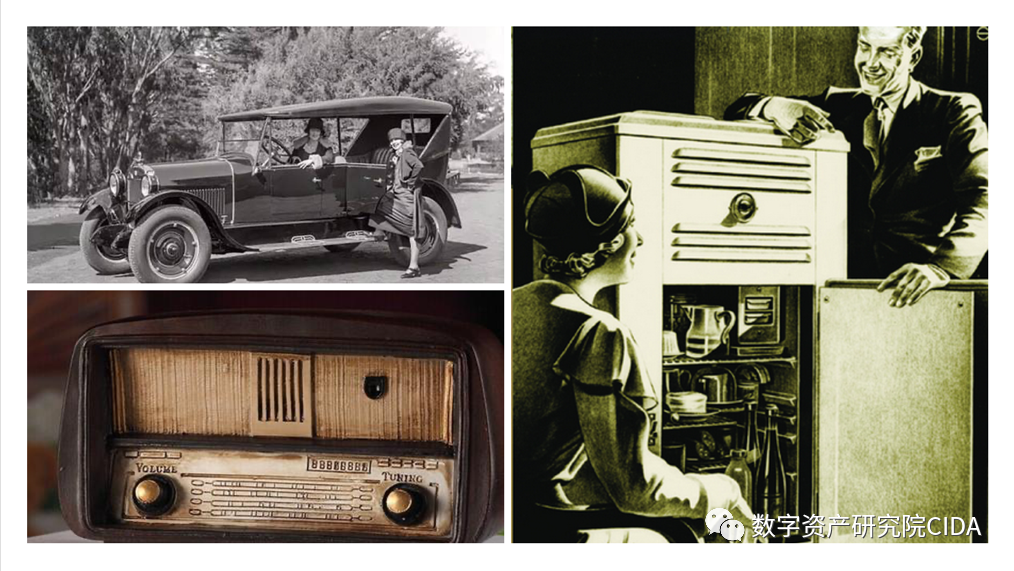
Future generations have sought the profound reasons behind the Great Depression of 1929. For example, the United States implemented monetary easing in the 1920s as an important reason. In fact, there were many reasons for the sharp increase in US M2 at that time. If you zoom in and out of the historical lens, you will find that the industrialization process of the United States was not completed at that time, and the United States has not completed the transformation from a semi-monetized country to a monetized country. The modern credit system is not yet complete. Therefore, in terms of the analysis of the internal demand of the United States, the rapid growth of M2 in the 1920s is necessary, which will help the United States accelerate investment, realize industrialization, and help transform the monetization and establish a modern credit system.
Now back to the precise period of the Great Depression and the New Deal: from the black Thursday, October 24, 1929, to Roosevelt ’s sworn in as president of the United States on Saturday, March 4, 1933, a period of the “Great Depression”; from From March 4, 1933 (Saturday) to Roosevelt, January 20, 1937 (Wednesday), the second term in office of the United States President was in the so-called "New Deal" period. So it was seven years before and after the Great Depression and the Roosevelt New Deal.
It is worth noting that before the implementation of the Roosevelt New Deal, the United States actually started the Roosevelt New Deal without Roosevelt, and it should have begun from 1931 to 1932. The US president at the time was Herbert Clark Hoover (1874-1964). Therefore, the New Deal in a broad sense is different from the Roosevelt New Deal, and there is a point in time between the New Deal and the Flute.
Why am I so accountable for the precise period from the Great Depression to the New Deal? It is hoped that people will place the Great Depression into the New Deal period under the larger context of World War I and World War II. These two world wars are to understand the historical coordinates of the Great Depression and the New Deal. The First World War broke out from 1914 to 1919, and the Second World War broke out from September 1939 to May 1945. It is not difficult to find a coincidence of time: the Great Depression of 1929 occurred at the midpoint between the end of World War I and the beginning of World War II. If Japan occupied Northeast China in 1931 as a prelude to the Second World War, before Roosevelt implemented the New Deal, the geopolitical pattern of the world had already begun.
In short, I stand for understanding the Great Depression and the New Deal in the context of the great history and the world pattern. The discussion of the Great Depression and the New Deal must not be separated from the background of the two world wars. On the contrary, the complex causes of the Great Depression and the New Deal can only be taken into account if the factors of the two wars are included. The real core reason for the American flute in 1929 was actually the mismatch of economic resources between the speed of industrialization in the United States and the post-World War I reconstruction, and more serious the mismatch of economic resources and political resources. The most serious is that the industrialization of the United States in the 1920s required the world market and European countries to become beneficiaries, especially to ease the overall crisis in Germany. On the other hand, the United States gradually decoupled from the new post-war pattern and moved towards isolationism. , Interrupted the historical period of the United States going to Europe and the world, globalization to share the fruits of American industrialization. This led to what Xiao Lu said. The sharp increase in the U.S. money supply, the sharp increase in capital surplus, and the sharp increase in production capacity were difficult to be digested within the United States. Eventually, the so-called "surplus" crisis and depression were reissued. .
In short, the flute that occurred at the midpoint of the two wars is not enough to explain it by American reasons alone. The isolationism of the United States in the 1920s was the direct and even the root cause of the Great Depression. After the Second World War, the United States implemented the "Marshall Plan" and obviously learned this historical lesson.
2. Three historical figures who influenced the world from 1929 to 1937
1929 to 1937 was a very important decade of the 20th century. These include the Great Depression and the New Deal. During this decade, three historical figures had an irreplaceable influence on the trend of the 20th century. These three historical figures are: Roosevelt, Hitler, and Stalin. Because of the First World War, the 19th century-led era of laissez-faire liberal capitalism came to an end, originated from the Great Depression in the United States, pushed these three historical figures to the world stage, and created the United States, Germany, and the Soviet Union. Three economic system models and three social transformation directions.
First, Roosevelt's "New Deal" model. President Roosevelt's former Hoover was not unaware of the seriousness and the main causes of the Great Depression, but he just missed the best time to save the great flute. When he began to act, the public, especially the industrial workers, lost patience and lost the support of the middle class and the elite. However, Hoover did launch a "new deal" in which the government fully intervened in the economy through fiscal means. History has given the opportunity to the Democrats and the former New York Governor Roosevelt. Roosevelt's best is to use the cable radio network that emerged in the 1920s to let people across the country directly hear his claims. By that time American radio stations and radio had become fully popular. Roosevelt declared war directly against the bourgeoisie, especially the monopoly bourgeoisie, in exchange for the understanding and support of industrial workers, farmers, and the public. By the way, please note that the US presidential election is closely related to the progress of the media. In the 1960s, Kennedy was the US president elected through the television network; Obama, who was elected US president in 2008, relied on the Internet; Trump later relied on Twitter.
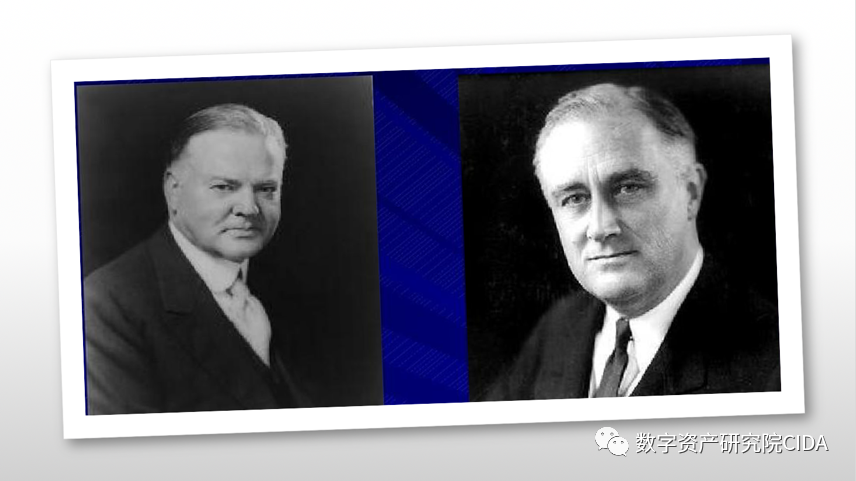
Second, Hitler's "national socialism" is also called "national socialism" model. During this period, there are many coincidences in history. Roosevelt first entered the White House in March 1933; in Germany, Hindenburg, 86, handed over power to Hitler on January 20, 1933. Later, the German parliament granted Hitler unlimited power in March 1933. Hitler proposed "national socialism", claiming to restore German prosperity before World War I, so that every German worker can get employment, basic social security, reduce the wealth gap, own a house, a car, a refrigerator, and even get overseas vacation. opportunity.

Third, Stalin's "planned economy" model. In the third year after Lenin's death, the CPSU held its 15th Congress, which resolved that the Soviet Union implemented the first five-year plan for the development of the national economy from 1928 to 1933. For this reason, Stalin and Lenin completely abandoned the "new economic policy" formulated by Lenin in 1929, implemented collective ownership and state ownership, and established a foundation for technological reform of the national economy in a short period of time through the use of state power, and removed the Soviet Union from an agricultural country. Change into an industrial country.
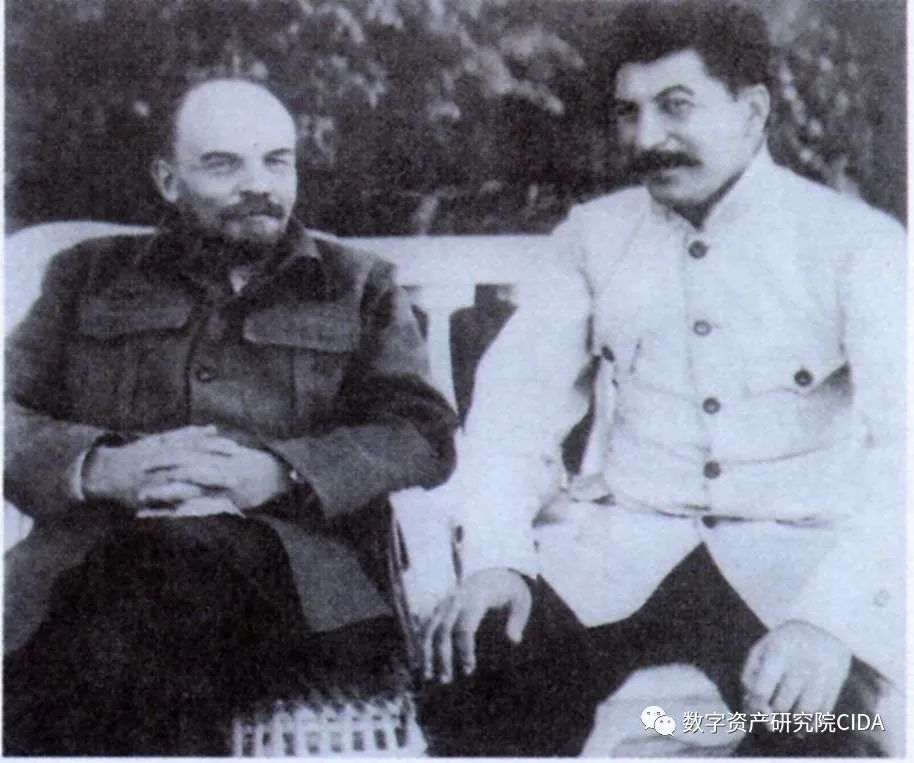
The results of the above three models are quite different. Hitler's "National Socialism" followed the collapse and end of the Third Reich; Stalin's mandatory planned economic model has been replaced by the new economic model because of economic reforms in the former Soviet Union and Eastern Europe, especially in China; only Roosevelt The "legacy" of the New Deal continued to influence the evolution of the US economic system after the war.
Comparing the US New Deal and Stalin's planned economy, the most classic case is comparing two dams or hydropower stations: First, the Dnieper Hydropower Station built and completed by the former Soviet Union from 1929 to 1933, located in Ukraine. During World War II, there was a fierce war here. Second, the Hoover Dam, built in the United States in 1931 and completed in 1936, is located at the junction of Nevada and the northwestern part of Arizona.
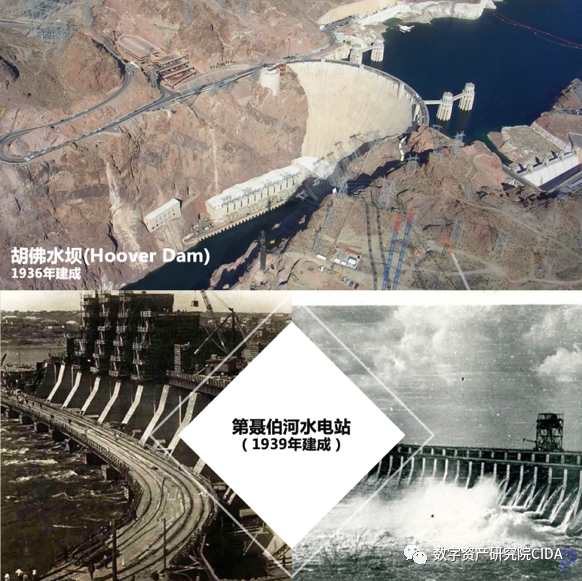
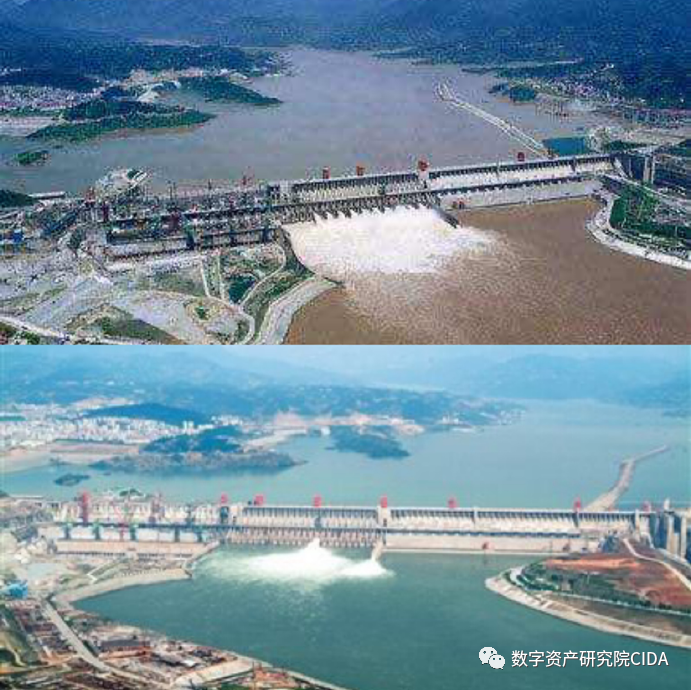
Later, there was the Egyptian Ass Hydropower Station in the 1960s and the China Three Gorges Dam built in the 1990s and early 2000s. These four hydropower stations have strong national and institutional symbolism.
3. The "game" subject and the new social balance from crisis to the New Deal
During the entire process of the United States from the Great Depression to the New Deal, there was no violent political and social conflict, and there was no danger of bloody unrest and regime change. However, from the Great Depression to the New Deal, it was not a "game" without different social forces.
Looking back, in this particular period of history, the main players of the "game" include: (1) the government and state represented by Roosevelt, and the Democratic Party behind it. (2) Corporation, and the Alliance of Industrialists, Entrepreneurs, and Bankers Based on Corporation. (3) Industrial workers and the majority of blue-collar workers. (4) The middle class and the intellectual class.
Among them, Roosevelt's role was crucial. The success of his "New Deal" was to avoid the class antagonism caused by the Great Depression to turn into social unrest, resulting in institutional and political crisis. Roosevelt created the "game" rules for different social forces. For example, the Banking Act of 1933, the National Industrial Revival Act of 1933, and the Wagner Act all belong to the so-called "game" rules. In the end, Roosevelt achieved a new social balance consisting of the three poles of government, corporation and union. Among them, the most noteworthy is that since the beginning of the New Deal, Corporation has gained more development space and pushed the United States into the historical process of corporatestate; on the other hand, the status of American unions has been unprecedentedly improved. See below: 
Corresponding to the above balance is the adjustment of the distribution of tax resources, welfare resources and corporate profit resources in the whole society. After Roosevelt's New Deal, the new social balance reached by the United States helped the United States achieve the interaction between industrialization and World War II, laying the foundation for the United States to become a superpower after the war.
4.The fatal impact of the Great Depression and the New Deal on China
In 1927, the Government of the Republic of Nanjing replaced the Government of the North, and the Republic of China entered a new historical stage of establishing a modern state and a new society. However, just two years later, the Great Depression in the United States, followed by the global economic crisis, soon spread to China and had a fatal impact on China.
On the political front: The Great Depression of the United States was transmitted to Japan in the spring of 1930, and Japan ’s foreign trade plummeted, which greatly hit the Japanese economy, which was highly dependent on foreign markets. As a result, a comprehensive economic crisis has occurred: corporate closures, jobless explosions, peasants' bankruptcy, domestic prices, and falling stocks. The economic crisis has intensified social contradictions, triggered a political crisis, and led to the formation and spread of Fascism in Japan. It was against this background that the "September 18 Incident" of 1931 occurred. Six years later, the "July 7th Incident" kicked off the eight-year "Sino-Japanese War."
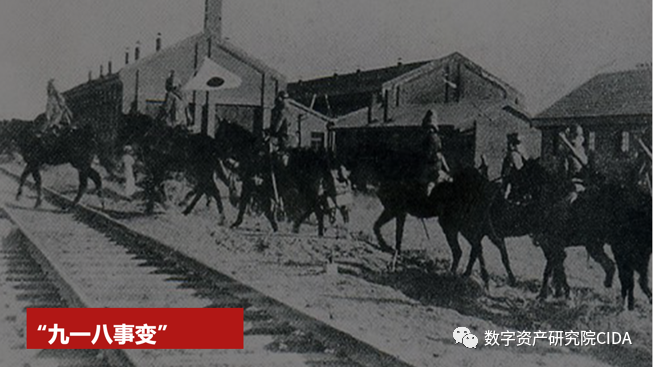
On the economic front, because the Chinese currency system is a "silver and silver system" with silver as the main body, it has formed a short-term "firewall" to cushion the impact of the Great Depression. However, in the context of the deepening world crisis, the Chinese government had to "abolish the two reforms" in 1933, and then aimed at the "Silver Acquisition Act" promulgated by the Roosevelt government in 1934. "Bank-standard" system to implement legal currency reform.
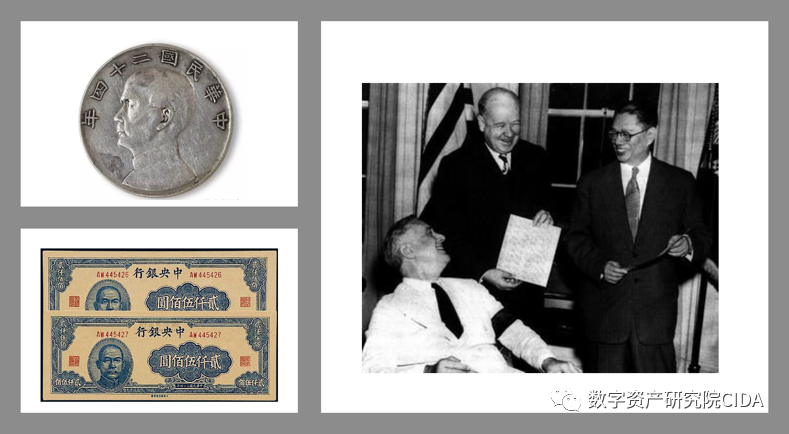
The Great Depression that swept the United States and Europe in 1929 was also a turning point for the Chinese Communist Party and Mao Zedong. In the fall of this year, Mao Zedong, less than 36 years old, sighed in his "Cai Sangzi · Chongyang" sigh that "life is old but not old", using "Wan Lishuang" to describe his true state of mind at that time. In the winter, Mao Zedong presided over the work of the Fourth Red Army, and the famous "Gutian Conference" was held in Fujian. Mao Zedong was re-elected as the former party secretary. Since then, the Chinese Communist Party has become an armed force that has achieved its political goals. Only two decades later, the Chinese Communist Party gained national power.

5 Conclusion
Ninety years later, my historical position on the Great Depression and the New Deal came to an end at six points: (1) the end of the gold standard system, the all-round approach to the credit currency system, and the historic premise of the Bretton Woods conference system. (2) The era of liberalism ended worldwide, and the United States became a corporate state. (3) Keynesianism replaced neoclassicalism and became the mainstream of economic thought and economic policy. (4) Saved capitalism and promoted the transition from the industrial age to the post-industrial age. (5) Geopolitics has been completely changed, providing important historical conditions for the outbreak of the Second World War and the Cold War. (6) The foundation of the social security system has been laid globally.
thank you all.
Author revised on March 29, 2020 in Beijing
We will continue to update Blocking; if you have any questions or suggestions, please contact us!
Was this article helpful?
93 out of 132 found this helpful
Related articles
- Bitcoin Liquid sidechain exceeds public Lightning Network channels in the number of BTC held
- The data shows that the probability of BTC breaking through 10,000 in June is only 16%. Do you believe it?
- Research report | When the blockchain meets the sharing economy, what kind of spark will it collide with?
- Shanghai court first explores the use of blockchain certificate technology, and 10 court trial trial record reforms started in April
- The blockchain industry's air outlet is reappearing: dozens of institutions quietly lay out the Shanghai Lingang Free Trade Zone, and the four provinces are intensively issuing policies to grab the "track"
- Perspectives | Ethereum 2020: Roadmap and Outlook
- Opinion | Wang Qian of Jilin University: The Central Bank will definitely face fierce competition between private and fiat currencies in the future





